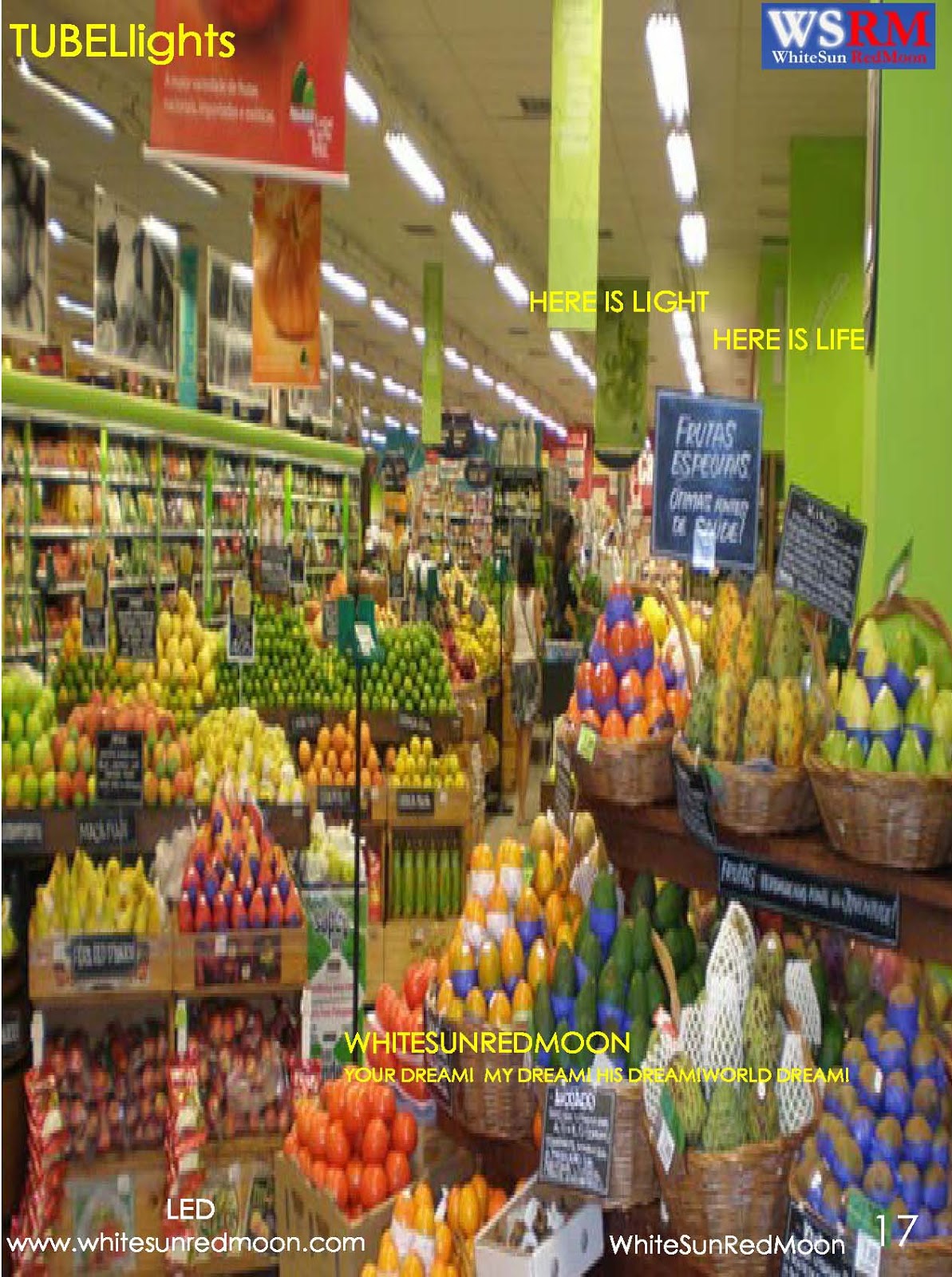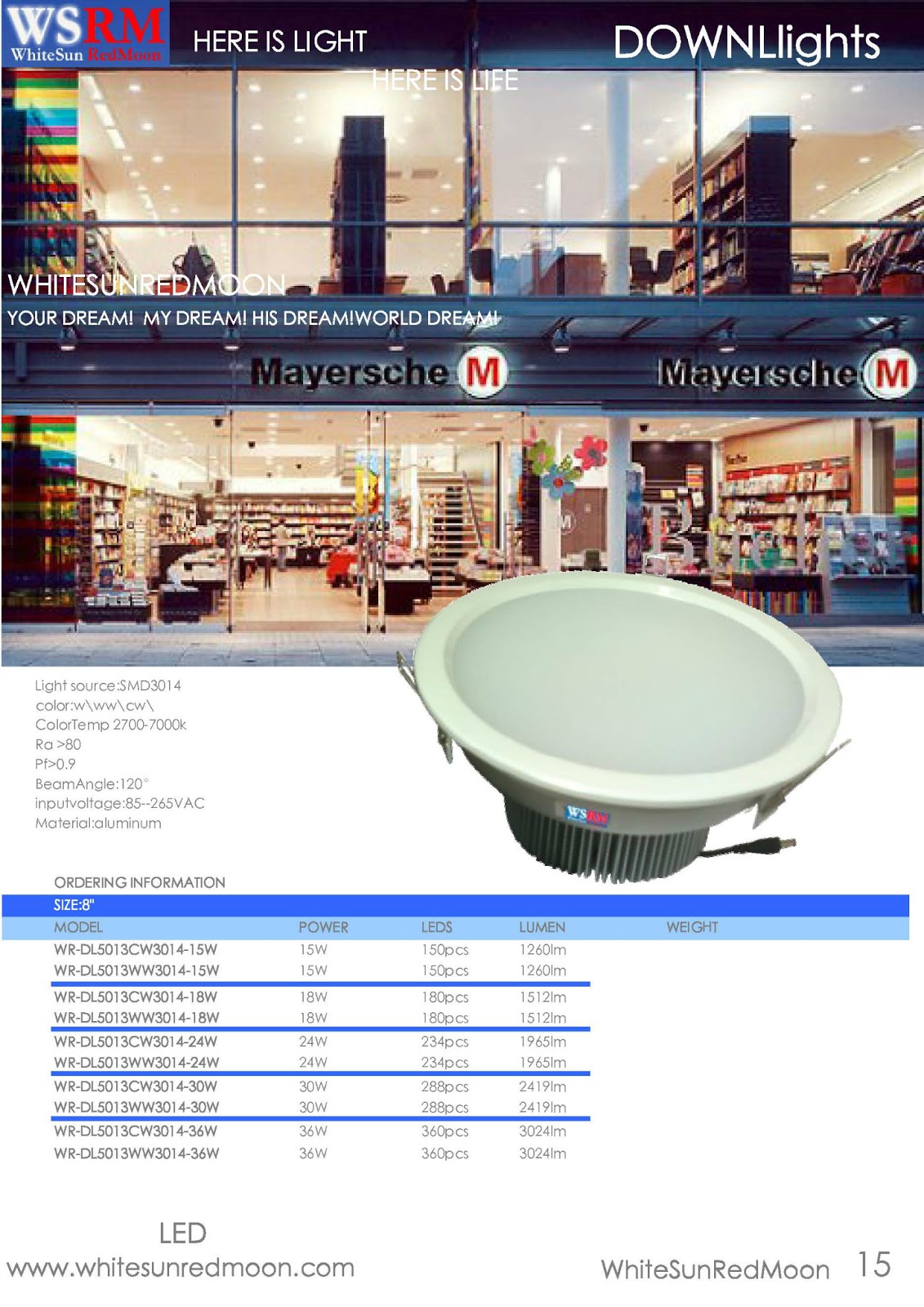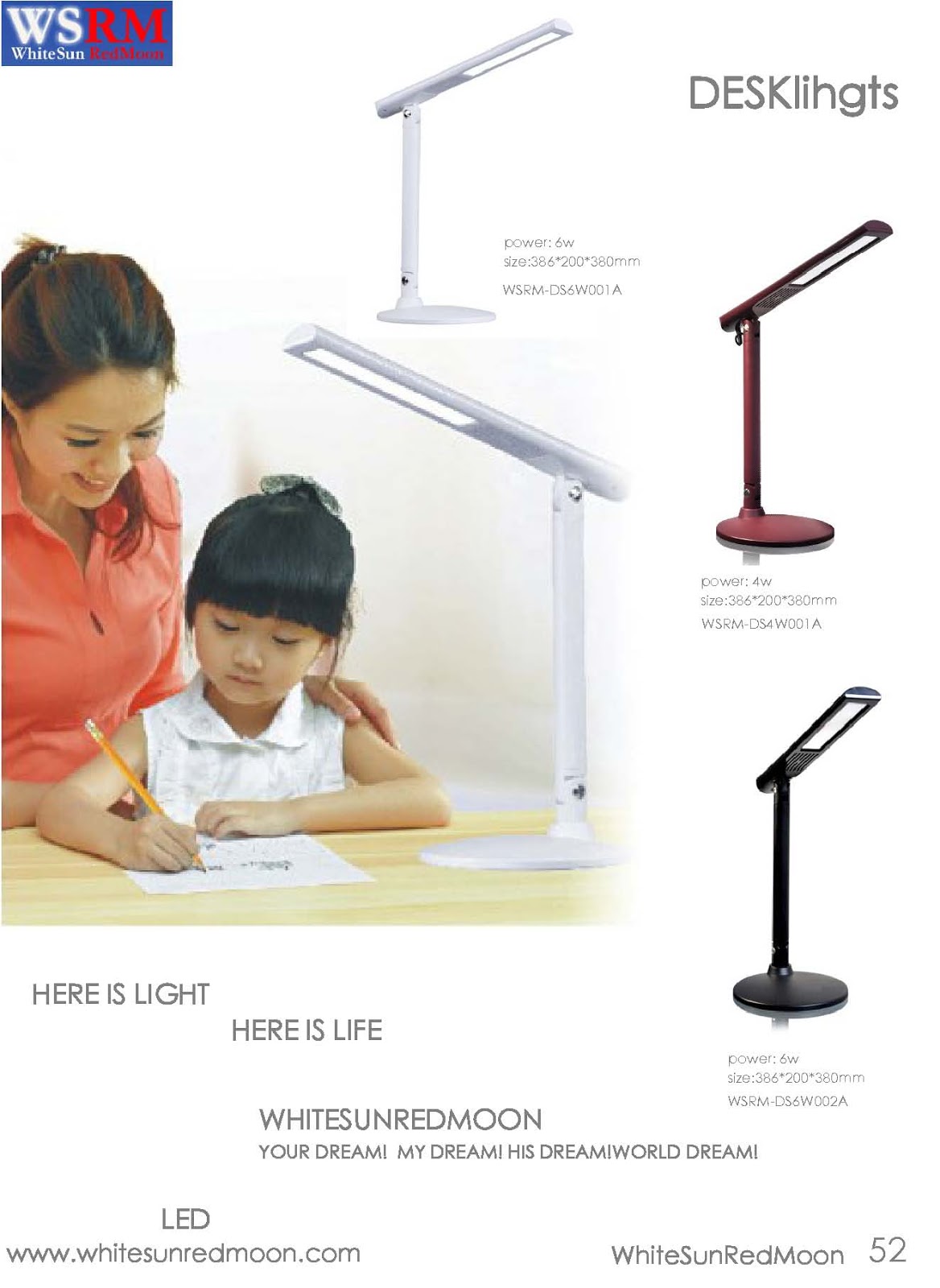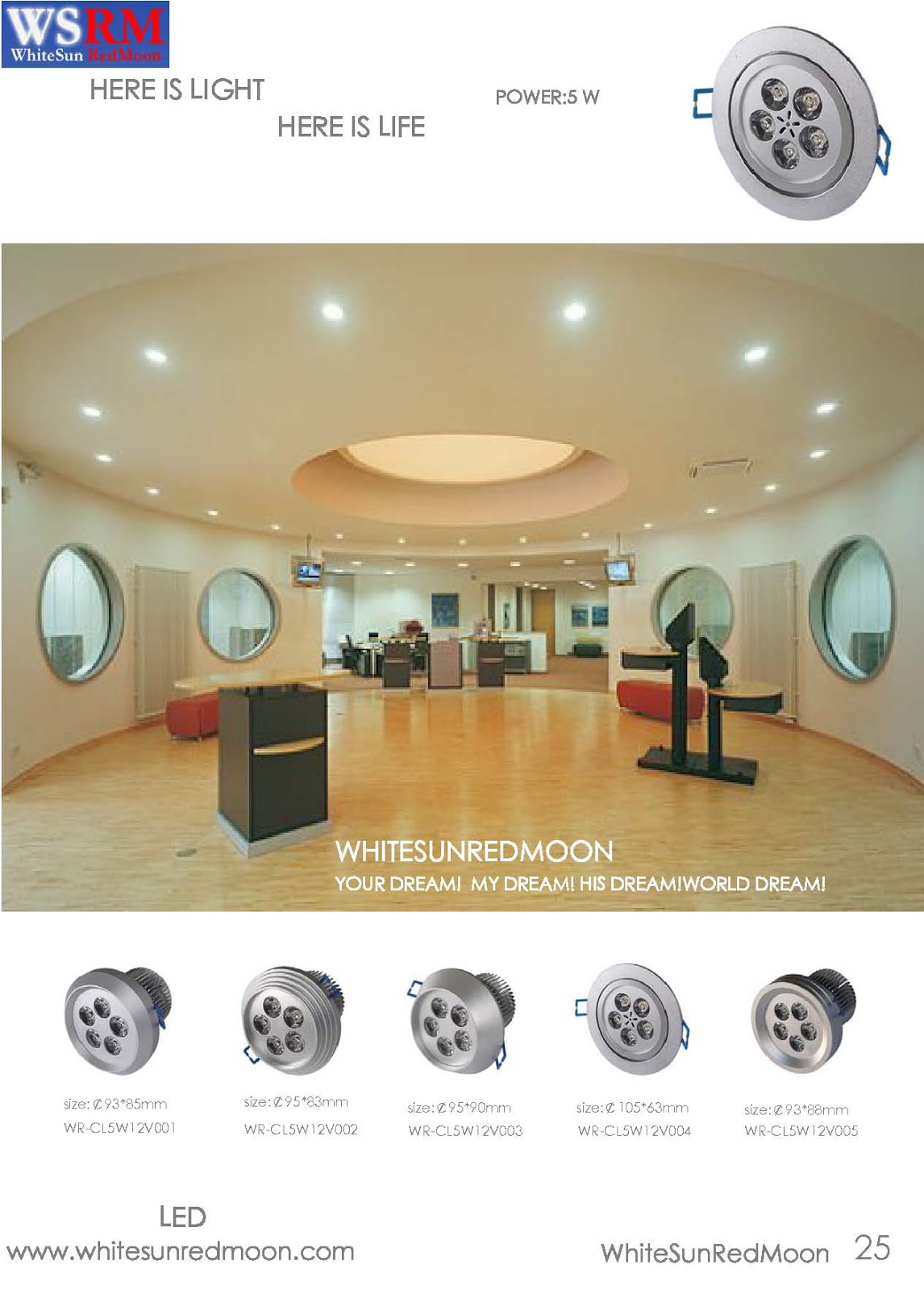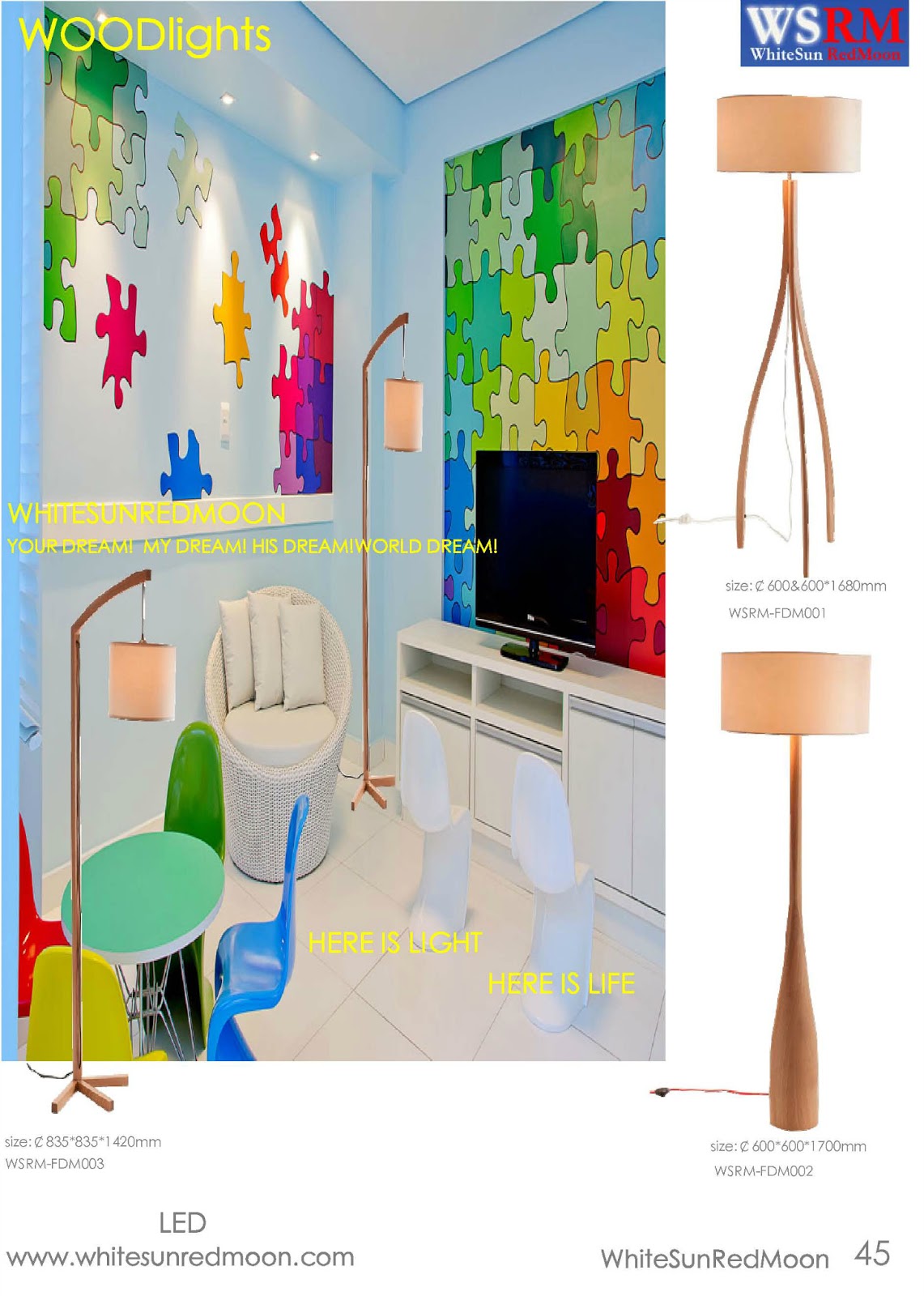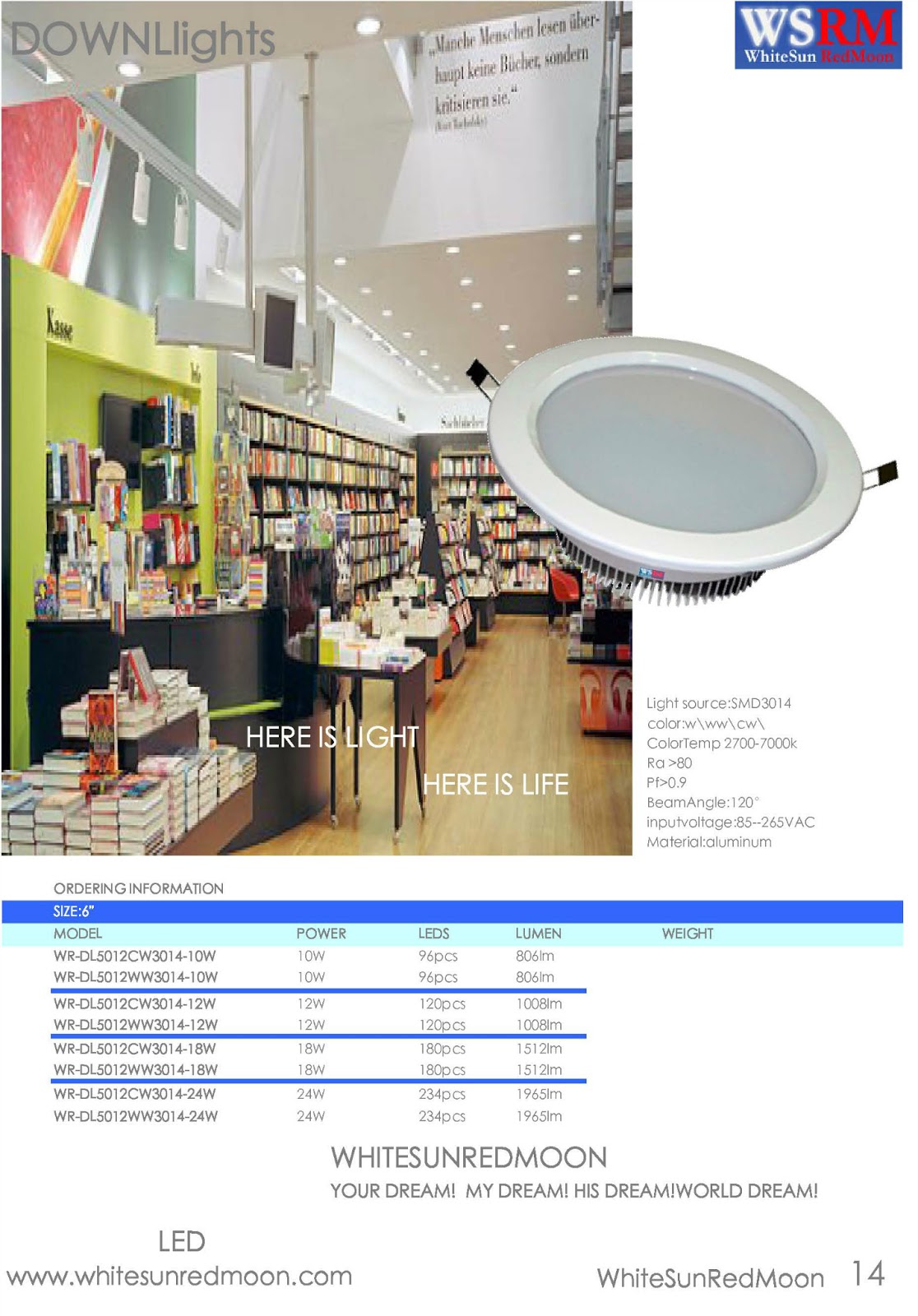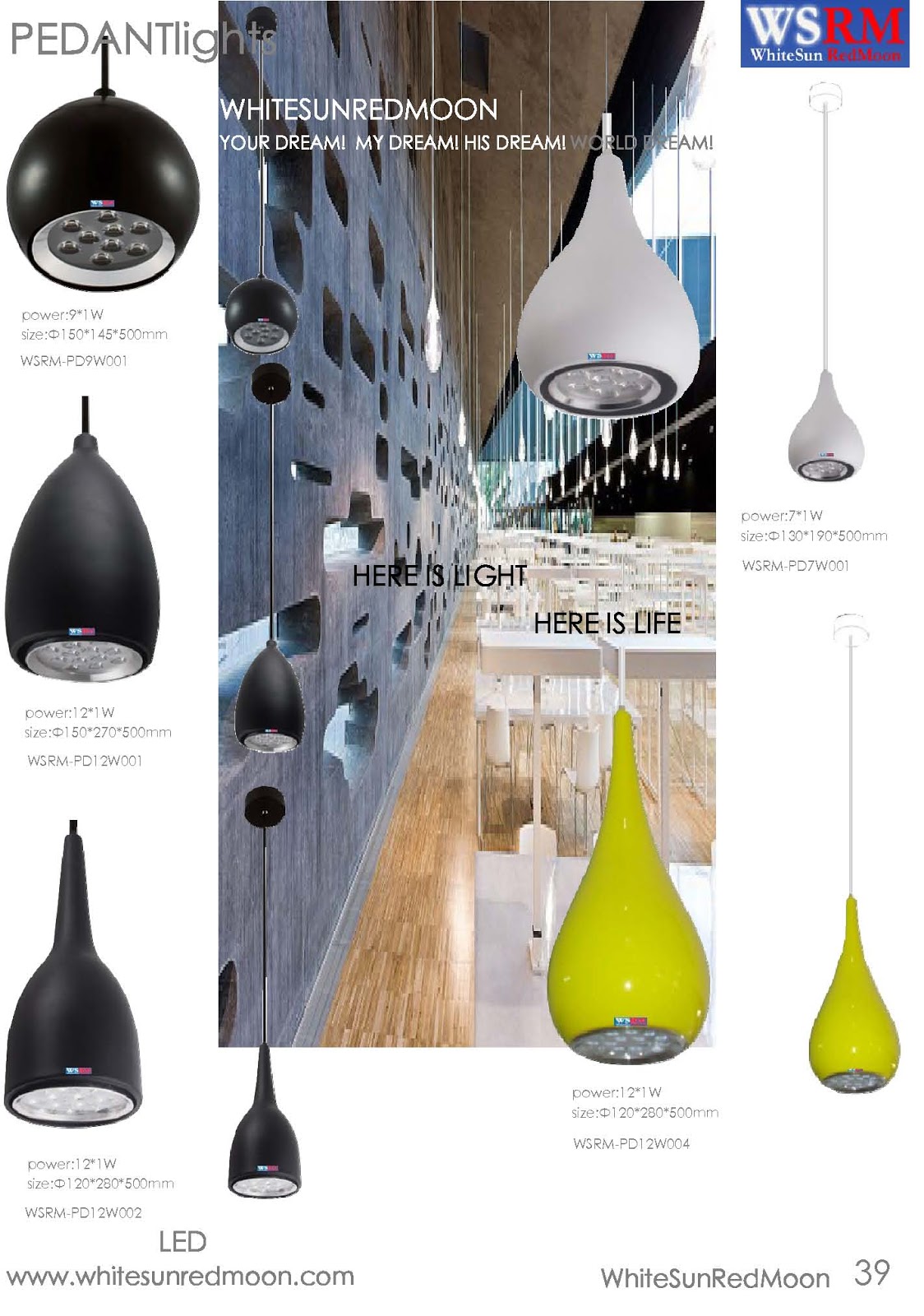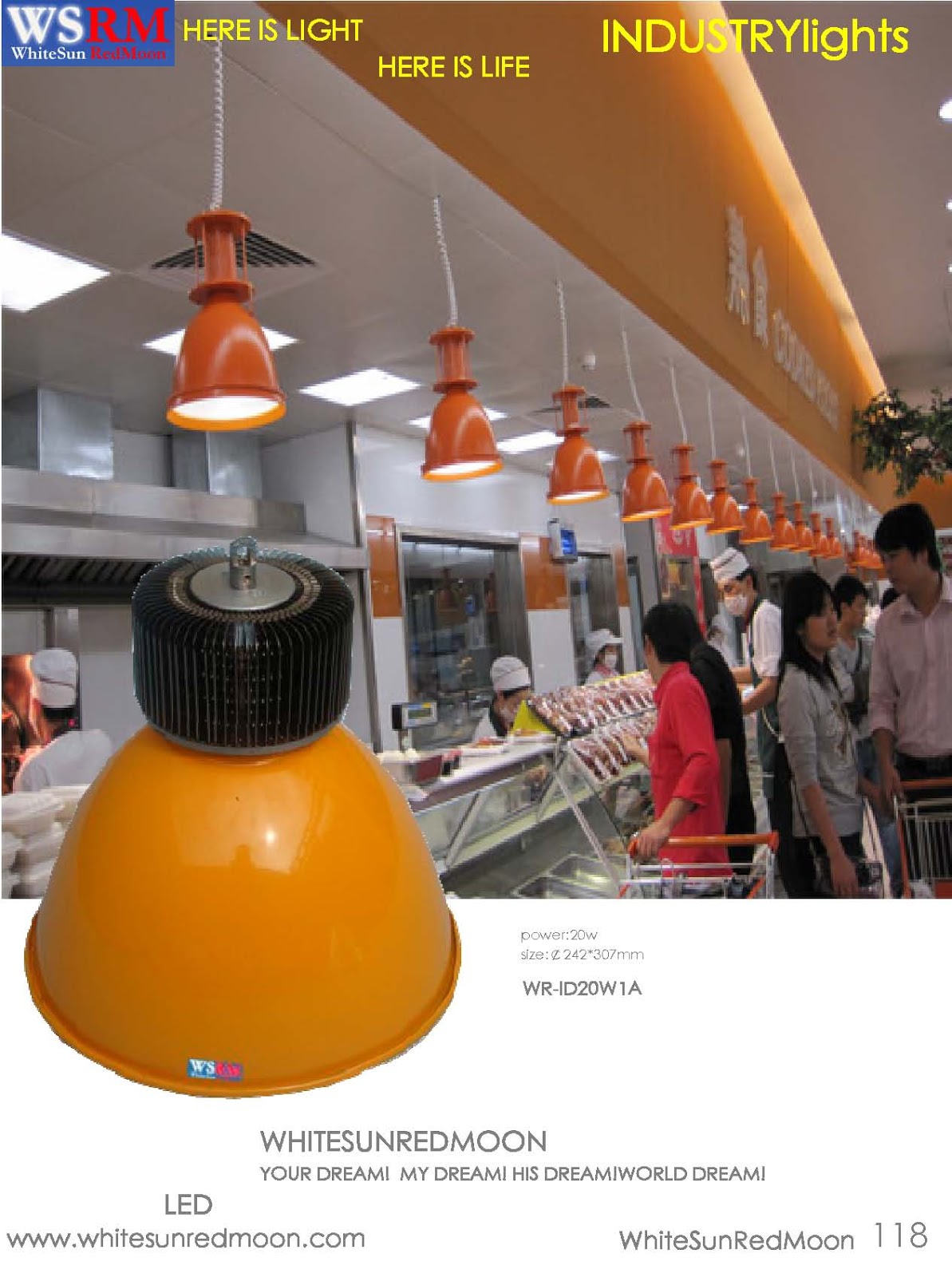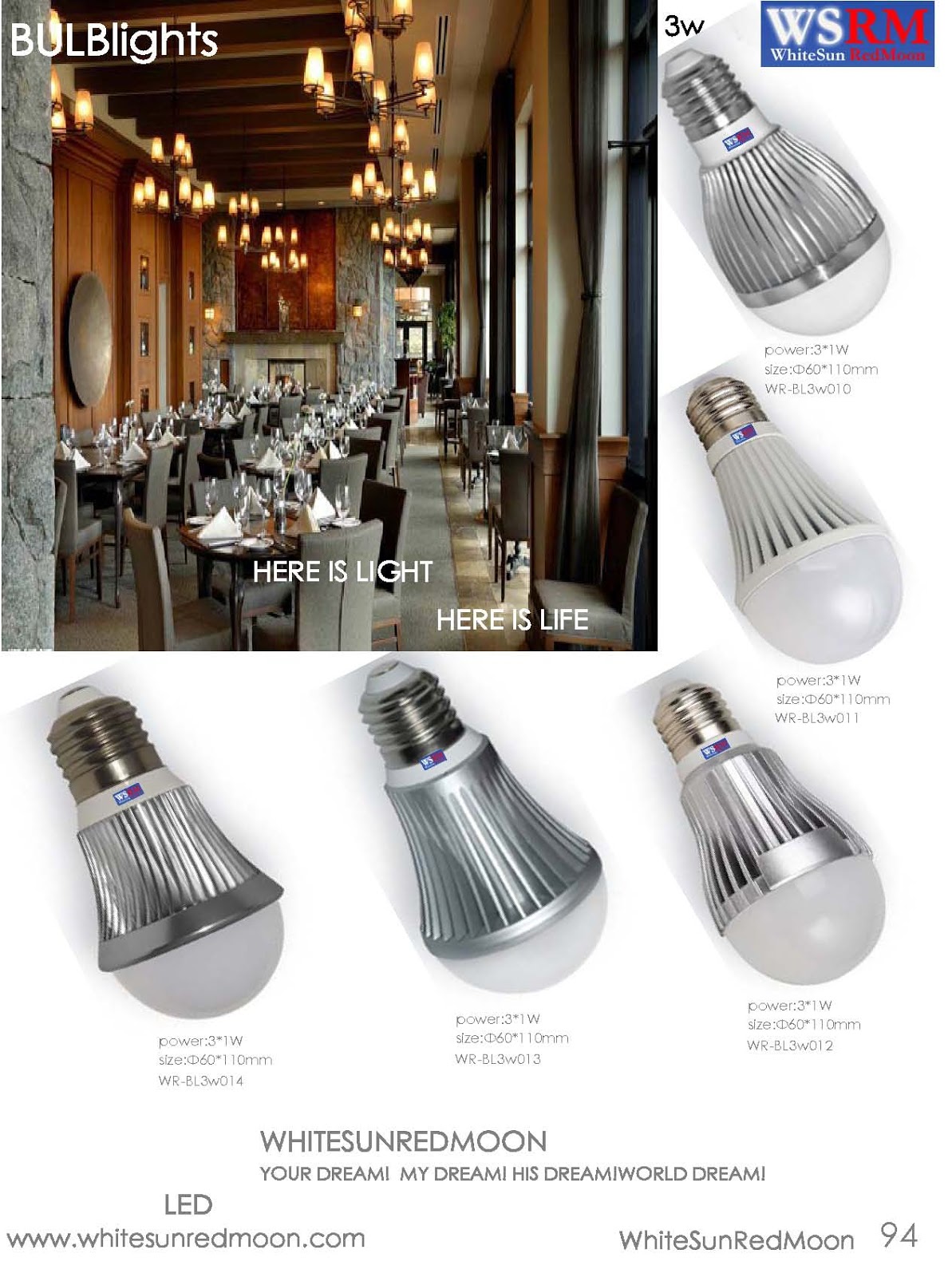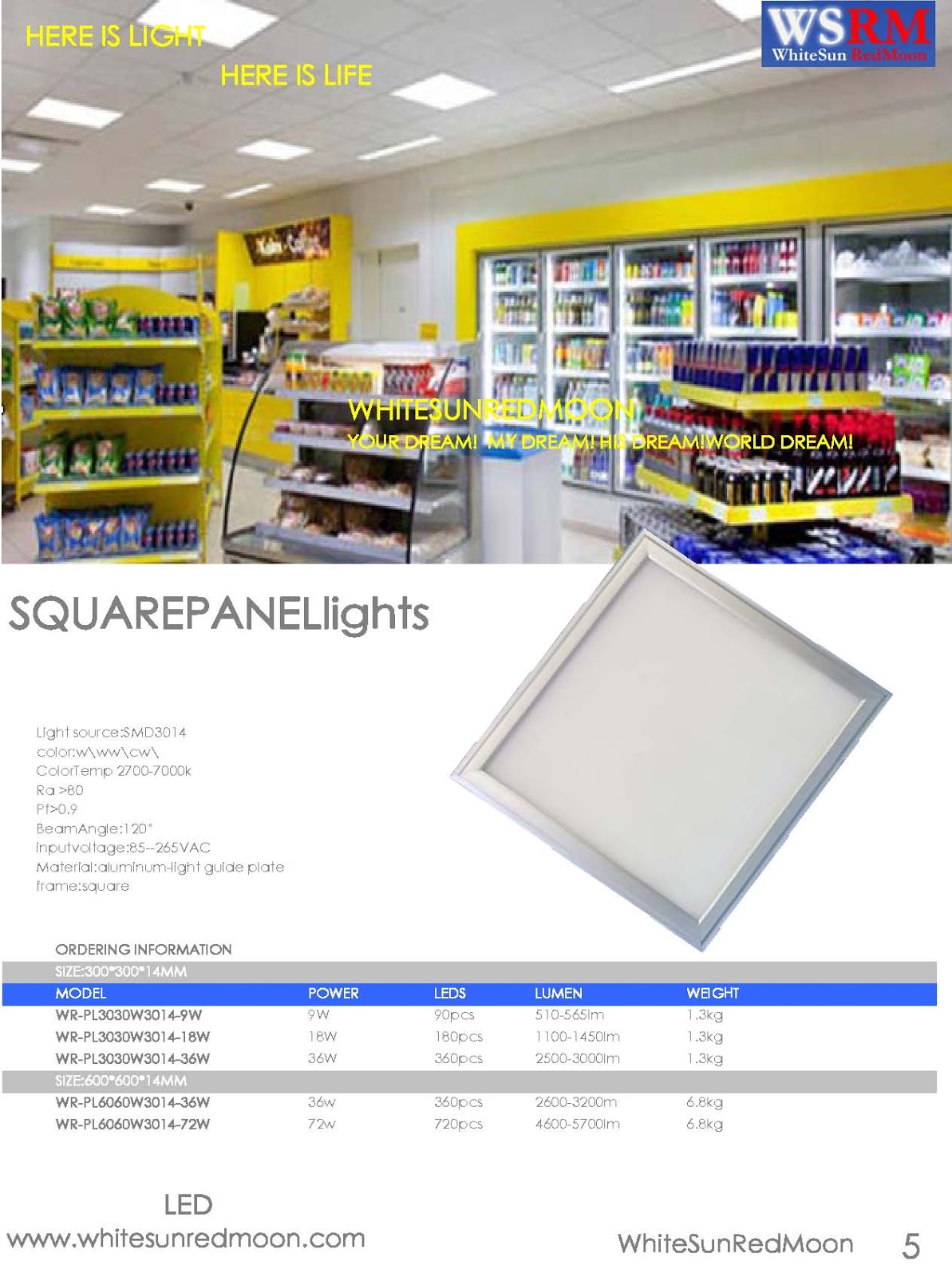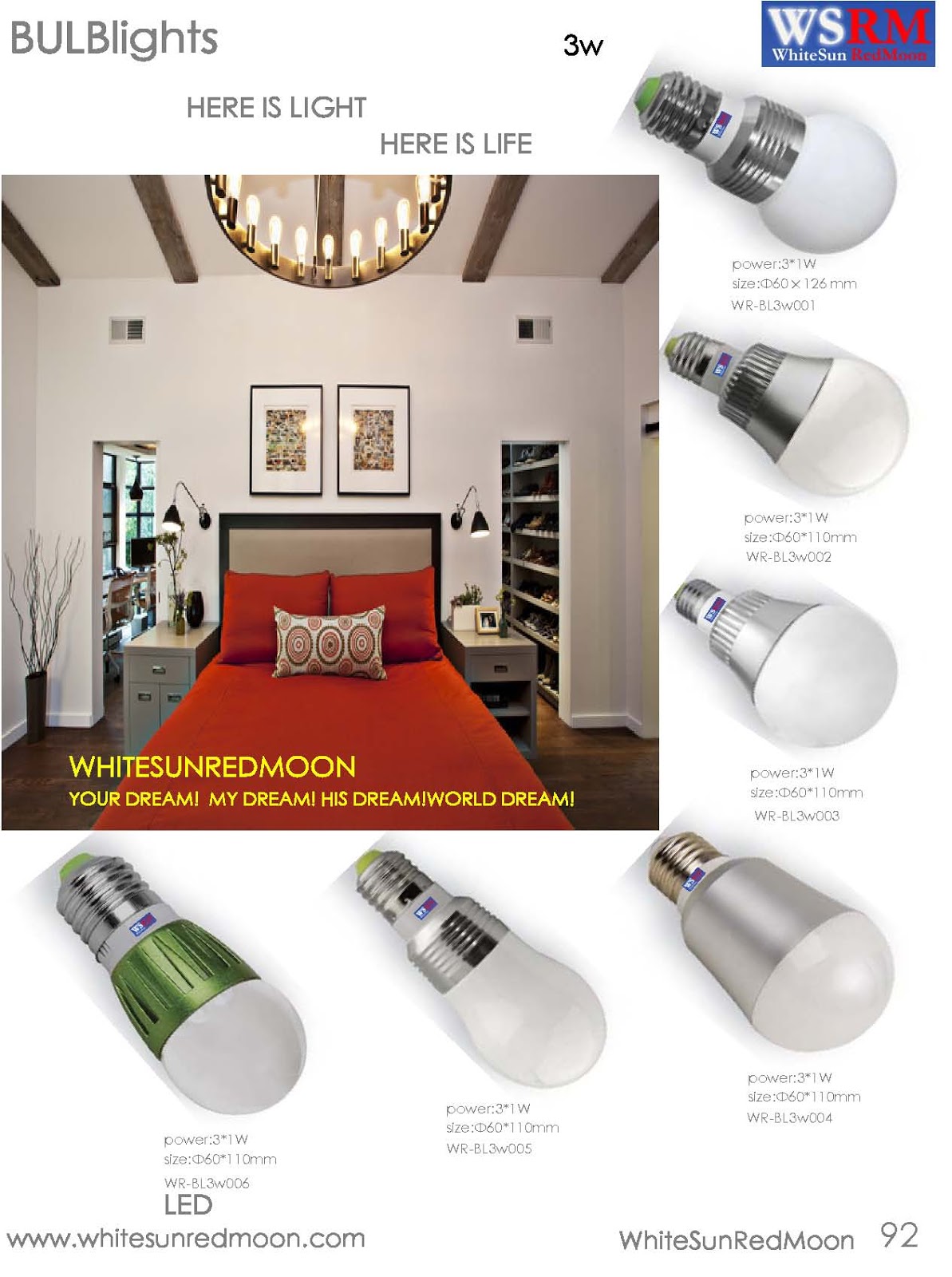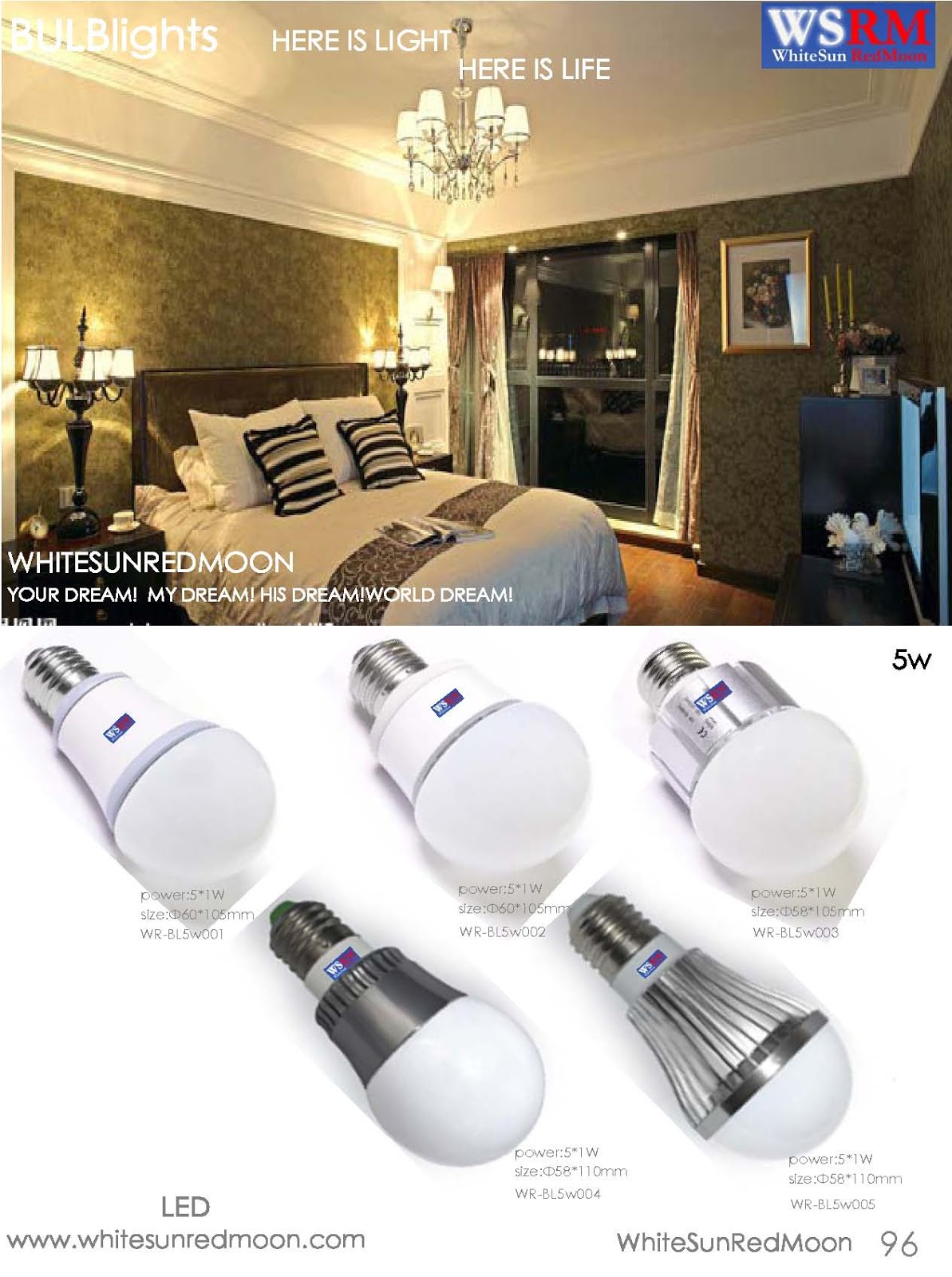HERE IS LIGHT!HERE IS LIFE!
www.whitesunredmoon.com
WSRM---LED TUBElights only $18 for 18W LED 4-foot T8 !---Worldwide LED Tube Light Shipments to Reach 220 Million in 2013 !
DigiTimes Research said Wednesday that LED tube lighting shipments in 2013 would account for 5.5 percent of the entire lighting market globally.
With efficiency reaching 110lm/W, comparable to that of fluorescent bulbs – and with prices coming down – these ultra high efficiency replacements for fluorescent bulbs are becoming more popular.
The biggest drawback has been the difference in price between LED bulbs and CFLs or incandescent lighting. With increased efficiency and production, however, prices are coming down. DigiTimes said retail prices for 4-foot T8 LED tubes would drop by 25.7 percent in 2013 to an average selling price of $48.30.China company ,WSRM announced the price only $18 for 18W LED 4-foot T8 LED tubes ,It's very cheap price in the currently LEDlights market.
The DigiTimes forecast was bolstered by PR Newswire, Wednesday, quoting a GiiResearch.com ElectroniCast report that said global consumption of LED linear tube lamps rose to $194 million in 2012.
Last week ElectroniCast forecast that consumption would grow at an average annual rate of 23 percent between 2012 and 2017 and 34.2 percent from 2017 to 2022. This translates to nearly $2.37 billion in sales of LED tube lamps by 2022.
According to Stephen Montgomery, Principal Analyst at ElectroniCast, "Compared to incandescent lighting, LED-based solid-state lighting (SSL) delivers visible light with reduced heat. Moreover, its solid-state nature provides for greater resistance to shock, vibration, and wear, thereby significantly increasing its lifespan, which also translates to lower maintenance/labor expenses."
Companies affected by the DigiTimes and ElectroniCast news include Taiwan based, SemiLEDs Corp (NASDAQ: LEDS [FREE Stock Trend Analysis]) which engages in the development, manufacture, and sale of light emitting diode chips and LED components. SemiLEDs closed up 17.57 percent Tuesday on a DigiTimes report that Revenues for LED drivers were set to triple by 2015. In afternoon trading, Wednesday, shares were down $0.19 at $1.55.
Jim Cramer, according to Wall Street Cheat Sheet, rated Durham, North Carolina based Cree, Inc. (NASDAQ: CREE) a BUY Wednesday. The stock’s 52-week high was $61.72, and its 52-week low was $22.25. At mid-day Wednesday, Cree, Inc. shares were trading for $60.97, up $1.12 or nearly 2 percent on the day.
Also of note, Veeco Instruments, Inc. (NASDAQ: VECO) of Plainview, N.Y. Shares of Veeco opened at $40.07 Wednesday, went as high as $41.00 and was trading for $39.62, down $0.11 Wednesday afternoon.
German company, Aixtron SE (NASDAQ: AIXG) opened Wednesday at $16.50, hit $16.94 in morning trading and was going for $16.35 a share, down $0.54 on the day late Wednesday afternoon.
China company ,WSRM announced the price only $18 for 18W LED 4-foot T8 LED tubes ,It's very cheap price in the currently LEDlights market.
WE HAVE A DREAM:BRING OUR LEDlights TO THE WORLDWIDE!
www.whitesunredmoon.com
http://zgledn.yglm.mobi/
SALES CONTACT
ITALY
Torino
39011redmoon1@myledonline.com
Rome
3906whitesun1@myledonline.com
SPAIN
Barcelona
3493redmoon1@myledonline.com
GERMANY
Berlin
4930whitesun1@myledonline.com
FRANCE
Paris
331redmoon1@myledonline.com
ENGLAND
London
4420whitesun1@myledonline.com
RUSSIA
Moscow
7499redmoon1@myledonline.com
FINLAND
Helsinki
3589whitesun1@myledonline.com
NORWAY
Oslo
47whitesun1@myledonline.com
AUSTRIA
Vienna
431whitesun1@myledonline.com
39011redmoon1@myledonline.com
Rome
3906whitesun1@myledonline.com
SPAIN
Barcelona
3493redmoon1@myledonline.com
GERMANY
Berlin
4930whitesun1@myledonline.com
FRANCE
Paris
331redmoon1@myledonline.com
ENGLAND
London
4420whitesun1@myledonline.com
RUSSIA
Moscow
7499redmoon1@myledonline.com
FINLAND
Helsinki
3589whitesun1@myledonline.com
NORWAY
Oslo
47whitesun1@myledonline.com
AUSTRIA
Vienna
431whitesun1@myledonline.com
NETHERLAND
Amsterdam
3120whitesun1@myledonline.com
SWITZERLAND
Zurich
4144whitesun1@myledonline.com
TURKEY
Istanbul
90216whitesun1@myledonline.com
BELGIUM
Brussels
322whitesun1@myledonline.com
SWEDEN
Stockholm
468whitesun1@myledonline.com
HUNGARY
Budapest
361whitesun1@myledonline.com
SCOTLAND
Glasgow
44141whitesun1@myledonline.com
ICELAND
Reykjavik
354whitesun1@myledonline.com
SWITZERLAND
Zurich
4144whitesun1@myledonline.com
TURKEY
Istanbul
90216whitesun1@myledonline.com
BELGIUM
Brussels
322whitesun1@myledonline.com
SWEDEN
Stockholm
468whitesun1@myledonline.com
HUNGARY
Budapest
361whitesun1@myledonline.com
SCOTLAND
Glasgow
44141whitesun1@myledonline.com
ICELAND
Reykjavik
354whitesun1@myledonline.com






